In the past year, our team encountered unexpected friction when recruiting efforts resulted in zero participants...
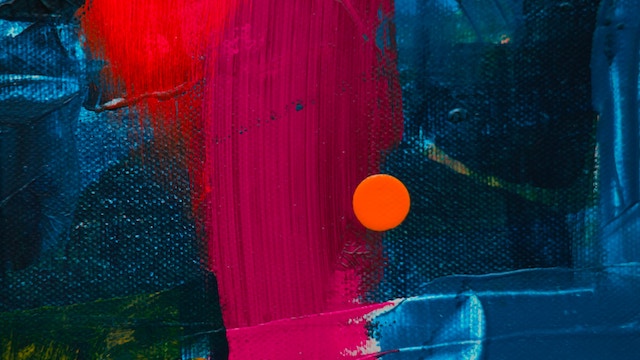

In the past year, our team encountered unexpected friction when recruiting efforts resulted in zero participants...
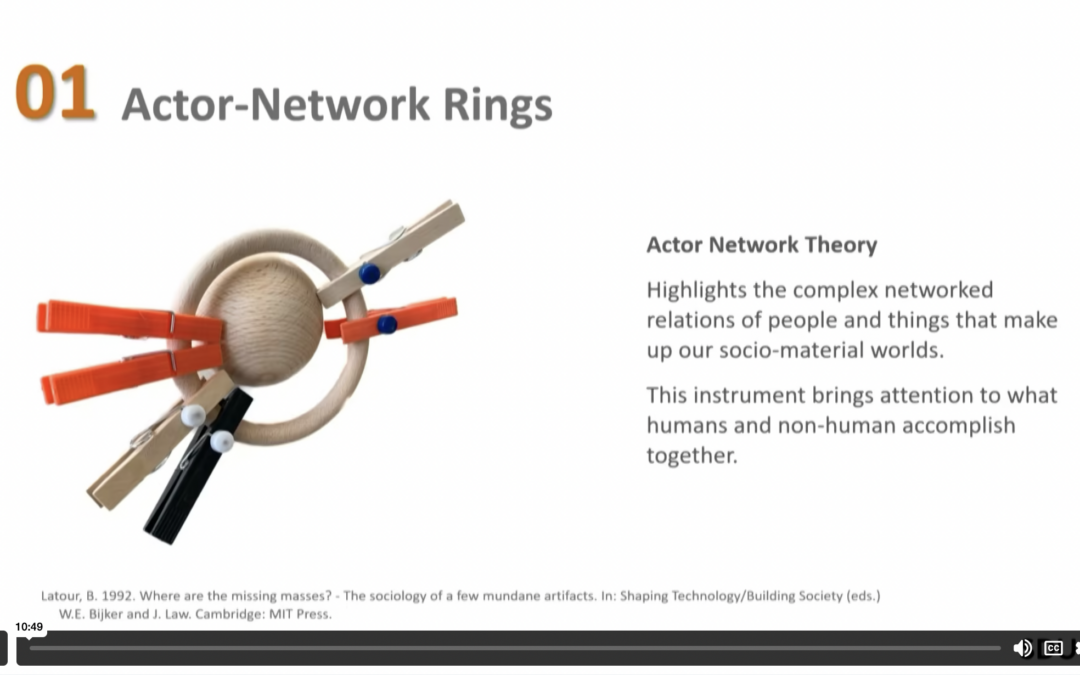
While ethnographers and the data they produce already play a role in affecting industry practices, there is potential to integrate anthropological ways of seeing and knowing into a shared transdisciplinary...
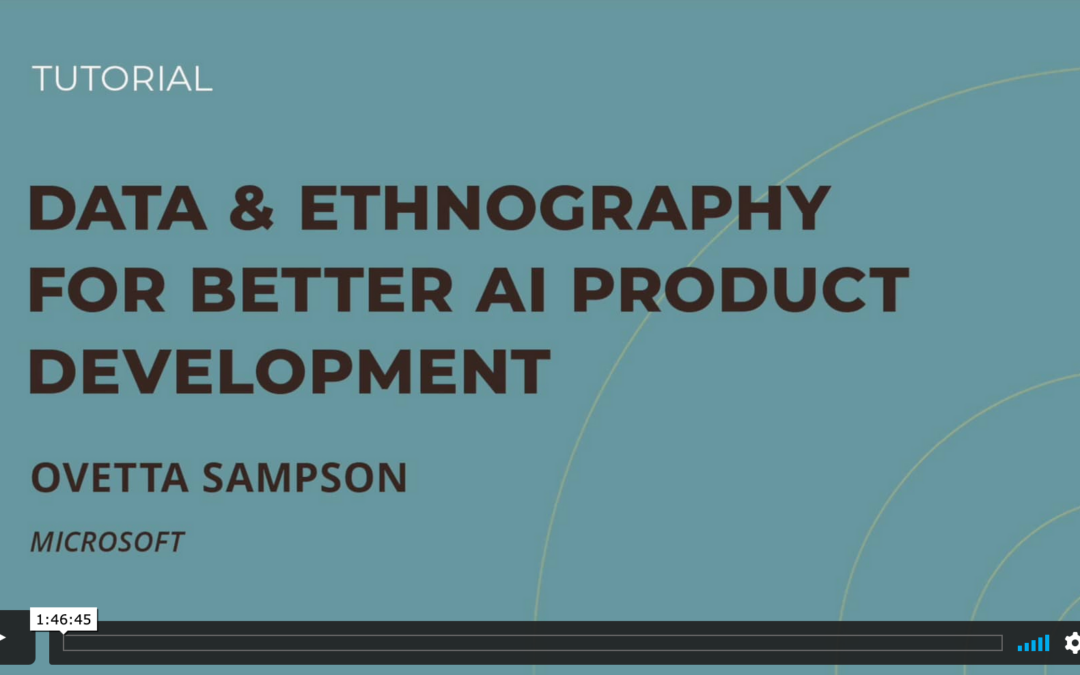
Overview Ovetta Sampson covers when, how, and where to integrate ethnography and data science in the exploratory research process to have better and more ethical AI product development outcomes. With a...
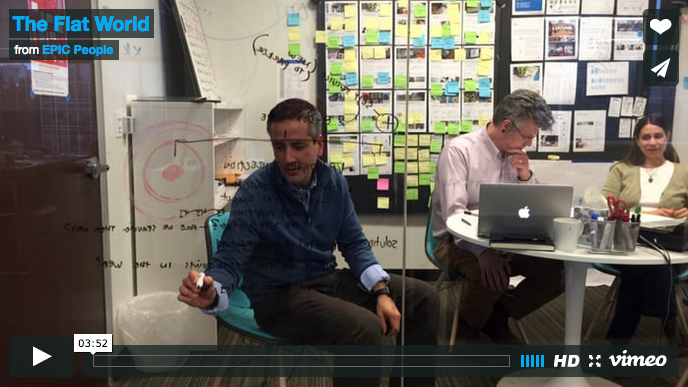
PechaKucha—This presentation explores the notion of flatness – the elision of multi-dimensionality in the lives we live, which increasingly take place online and interface through small screens. What does it mean to do research with people and understand their experiences and then to translate...

This paper sets out to explore how tangible tools can invite industrial managers to have a say in how ethnographic fieldwork can be conducted to explore the use of products in real-life contexts. We draw upon video materials and field notes from a series of customer visits in four European...
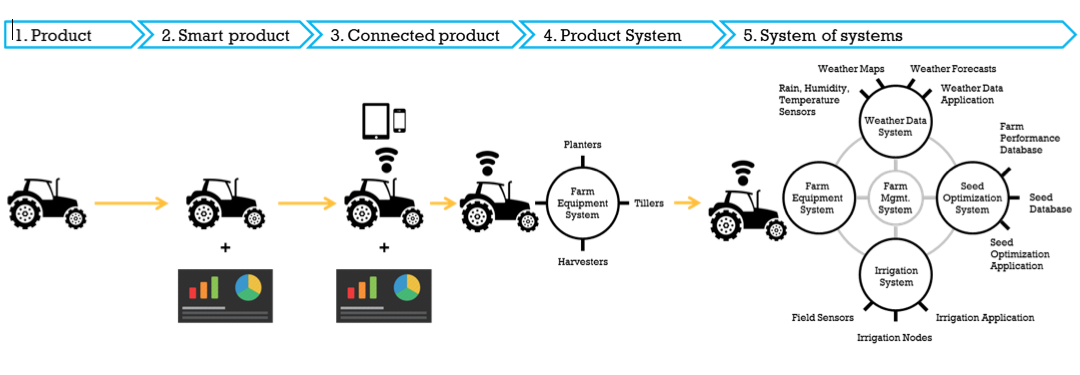
The Product Company Identity Crisis I have always worked at or with OEMs (original equipment manufacturing companies) in the industrial design and product development industry. The work has ranged from very large products such as sleeper cabins for long haul trucks and farming equipment down to...
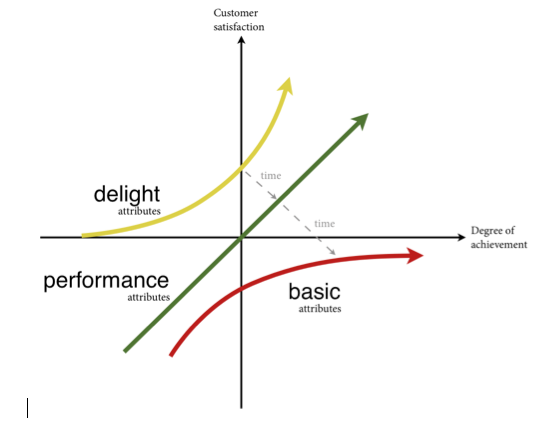
In today’s rapidly changing, highly competitive world, product design requires swift translation of human needs and desires into technical specifications for the development of devices and services that meet those needs (Salvador et al. 2013). This calls for a complex integration of qualitative...
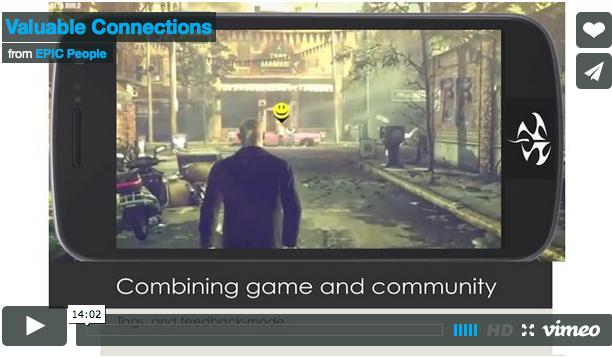
This paper explores challenges and potentials for innovation and co-creation within an increasingly interconnected and digitalized world, and its affect on ethnographic practices within the field of design and business development. Our discussion is based on material from an interdisciplinary...

Ricoh Innovations discovers unmet customer needs and designs and deploys hardware, software and service solutions to those needs through an interdisciplinary design process predicated on active customer participation. Some of our findings lead to new value propositions on which Ricoh planners...

We consider implications for the active, intentional design of the endings of products, services, institutions and other structures and processes pervading our societies. We suggest psychological reluctance to some kinds of endings even in the context of broader social benefit. We propose...